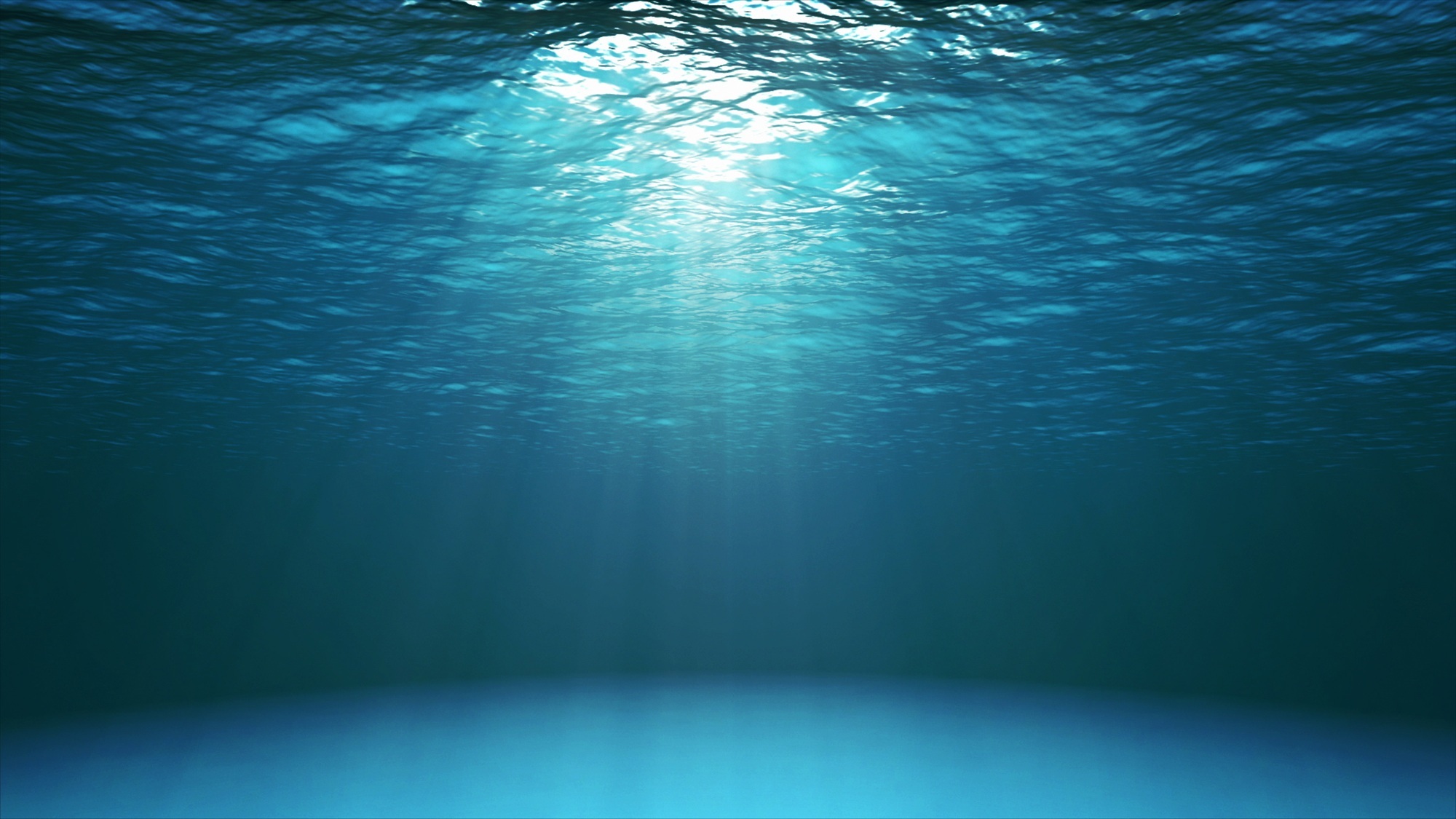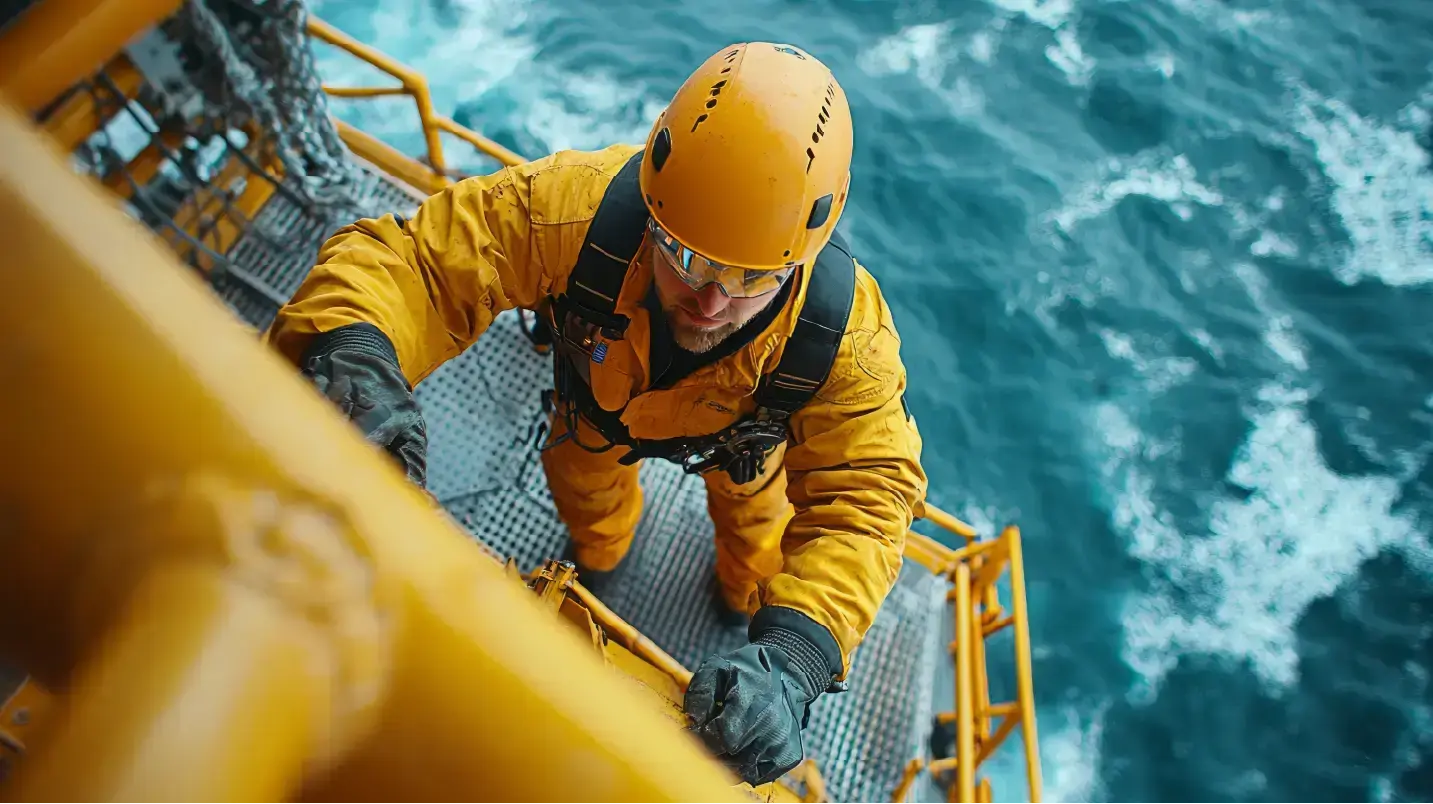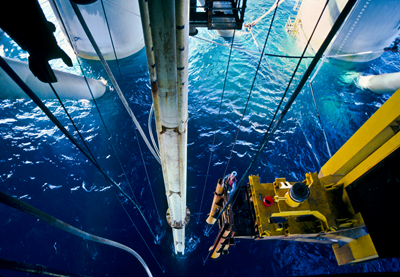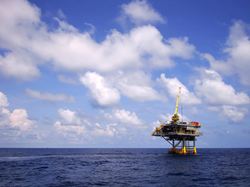In the intricate world of oil and gas engineering, pipeline design emerges as a critical discipline, blending scientific principles with innovative engineering practices to ensure the safe, efficient, and environmentally responsible transportation of hydrocarbons from extraction sites to refineries, and eventually to consumers. This article delves into the multifaceted aspects of pipeline design, highlighting its importance, challenges, methodologies, and the latest advancements in the field.
Pipeline design in the oil and gas sector is a sophisticated process that involves the consideration of various factors such as material selection, diameter sizing, route optimisation and the incorporation of safety mechanisms to mitigate risks. With the global demand for energy sources continually rising, the role of pipelines as the backbone of energy infrastructure has never been more pivotal. This article explores the art and science behind designing these critical conduits, emphasising the importance of innovation and sustainability in addressing the challenges of the 21st century.
Introduction
The inception of pipeline design dates back to the late 19th century, but the complexity and scope of modern pipelines have evolved dramatically, driven by advancements in technology, increased environmental awareness, and the geographical expansion of oil and gas exploration activities. Today, pipeline design is not just about constructing a pipeline; it's about engineering solutions that optimise performance, ensure safety and minimise environmental impact across diverse and often challenging terrains.
Key Considerations in Pipeline Design
Material Selection
Choosing the right material is paramount in pipeline design. The selection is influenced by factors such as the type of fluid being transported, pressure and temperature conditions, and corrosion resistance. Steel, due to its strength and durability, remains the most common material, although alternative materials like composite plastics are gaining traction for certain applications.
Diameter Sizing and Wall Thickness
Determining the optimal diameter and wall thickness is a balancing act between minimising material and construction costs and ensuring sufficient capacity and flow rates. Engineers use hydraulic modelling and simulations to make these decisions, taking into account future demand projections.
Route Selection
Selecting the optimal route for a pipeline involves geographical, environmental, and socio-political considerations. Advanced GIS (Geographic Information Systems) and remote sensing technologies play a crucial role in identifying routes that minimise environmental impact and construction challenges.
Safety and Environmental Considerations
Safety is a top priority in pipeline design, necessitating the incorporation of features like automatic shut-off valves, leak detection systems, and corrosion protection measures. Environmental considerations also influence design choices, with efforts made to avoid sensitive ecosystems and to implement mitigation strategies for potential impacts.
Methodologies in Pipeline Design
The design of pipelines follows a structured methodology that includes conceptual design, detailed engineering, and compliance with international standards and regulations. This process involves:
- Feasibility Studies: Assessing the technical and economic viability of different pipeline routes and design options.
- Preliminary Design: Defining the basic parameters of the pipeline, including diameter, material, and route.
- Detailed Engineering: Detailed calculations and simulations to finalise the design, accompanied by the preparation of construction drawings and specifications.
- Compliance and Permitting: Ensuring the design meets all relevant standards (e.g., ASME B31.4 for liquid pipelines, ASME B31.8 for gas pipelines) and obtaining necessary environmental and construction permits.
Challenges and Solutions
Pipeline design faces numerous challenges, from technical and environmental issues to regulatory and community concerns. Innovations in materials science, monitoring technologies, and construction techniques are helping to address these challenges. For example, the development of high-strength, corrosion-resistant alloys and the use of trenchless construction methods to minimise surface impact are notable advancements.
The Future of Pipeline Design
The future of pipeline design lies in the integration of digital technologies and sustainability principles. Digital twin technologies, which create virtual replicas of physical pipelines, are enhancing operational efficiency and safety. Meanwhile, the industry is increasingly focusing on reducing the carbon footprint of pipelines through measures like improved energy efficiency and the incorporation of renewable energy sources into pipeline operations.
Conclusion
The art of pipeline design in oil and gas engineering is a testament to the industry's commitment to innovation, safety, and environmental stewardship. As the world navigates the complexities of energy transition and climate change, the role of pipelines in ensuring the reliable and sustainable delivery of hydrocarbons remains undiminished. Through continuous advancements in technology and design practices, the pipeline industry is well-positioned to meet the challenges of the 21st century, driving forward the global energy economy.
For more information, visit www.jee.co.uk/design
To contact our Head of Design, John French, email john.french@jee.co.uk, or call +44 (0)1732 371 371.






